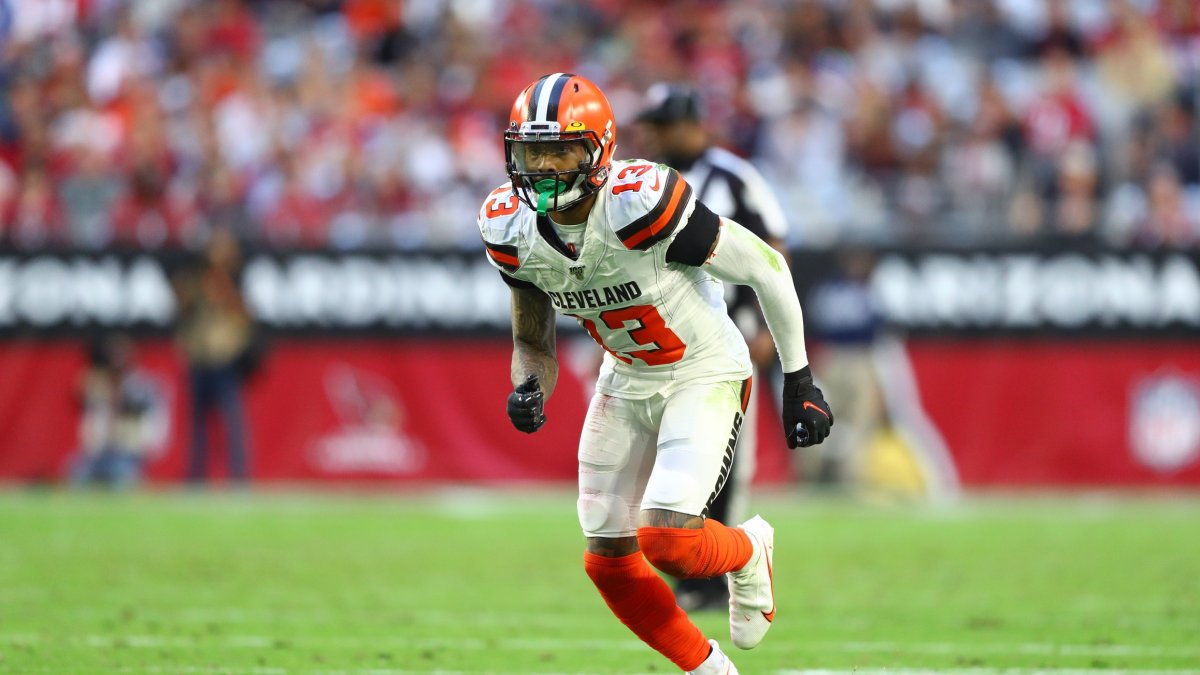Football data analysis has come a long way over the past several years. But while it's still trailing its baseball and basketball counterparts, aspiring and professional analysts are producing more interesting, informative and valuable football studies than ever. One area in which football analysis substantially trails, though, is the development and acceptance of value-based metrics, specifically those that can translate a player’s performance into a universal number like points or wins.
PFF data scientists Eric Eager and George Chahrouri have been, in my modest opinion, leading the charge with the grade-based wins above replacement (WAR) metric. You can find the details of the methodology here. Ron Yurko and colleagues, who developed the preeminent public data source nflscrapR, have harnessed that public data for their own WAR calculation. Paul Sabin and ESPN’s analytics group are valuing college players with an impact rating they call real plus/minus for football and have started to apply it to the NFL.
At PFF, we can measure differences with players on and off the field with almost 15 years of participation data. Our data tracks the players in the game on both sides of the ball on every play. This plus/minus data can potentially capture what’s missing in traditional statistics, and even our play-by-play grades, by picking up on unseen effects.
The problem with plus/minus data and on/off splits is that it’s difficult to pinpoint the effect of one player on the field, especially with small samples. We intuitively know that the field-stretching capabilities of a receiver are valuable, but is it possible defenses are so affected by the presence of Will Fuller — the clear No. 2 wide receiver on his team — that Deshaun Watson plays like Patrick Mahomes with him on the field but plays like Case Keenum when he's off the field?
Deshaun Watson's dropback splits with Will Fuller on/off the field in 2019:
On: 337 plays, 78.2 EPA
Off: 247 plays, -4.3 EPA— Kevin Cole (@KevinColePFF) December 26, 2019
We find the plus/minus numbers insightful when they match our intuition, but what do we make of the fact that Jason Witten and Sammy Watkins also appear to have similar effects on their quarterback’s passing efficiency according to splits?
The question is how to tease out as much of the noise as possible in plus/minus data for a sport with only 16 games per season and no regular rotations to build the “off” sample for star players. Joe Thomas famously played over 10,000 straight offensive snaps for the Browns, so good luck calculating meaningful plus/minus numbers for him.
The solution for reducing the noise in a single plus/minus split is growing the sample. While we can’t grow one player’s sample, we can find that player’s closest counterparts and add their numbers to the sample. If one player like Will Fuller provides a few hundred snaps on and off the field a season, finding 10 Fuller-like players will provide a few thousand. The higher you can reasonably build the sample, the more you can minimize noise and boost signal.
In this analysis, I walk through how to build similar groups of receivers by statistical similarity and then use the larger sample of the group to calculate more meaningful estimates for the value of its constituents. This lays the foundation to replicate the process further, producing estimates for the value of each receiver.
Exclusive content for premium subscribers

WANT TO KEEP READING?
Dominate Fantasy Football & Betting with AI-Powered Data & Tools Trusted By All 32 Teams
Already have a subscription? Log in



 © 2025 PFF - all rights reserved.
© 2025 PFF - all rights reserved.